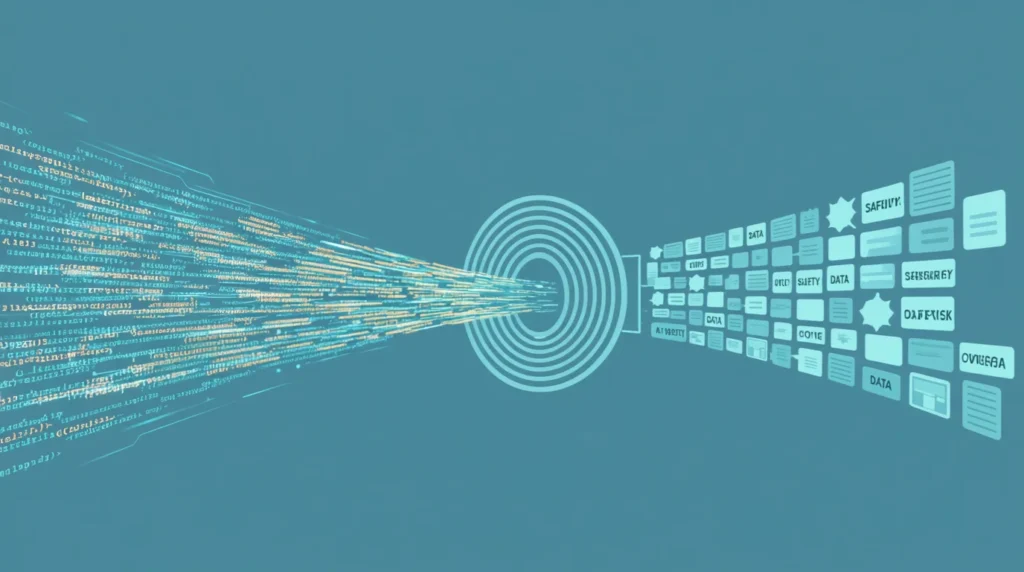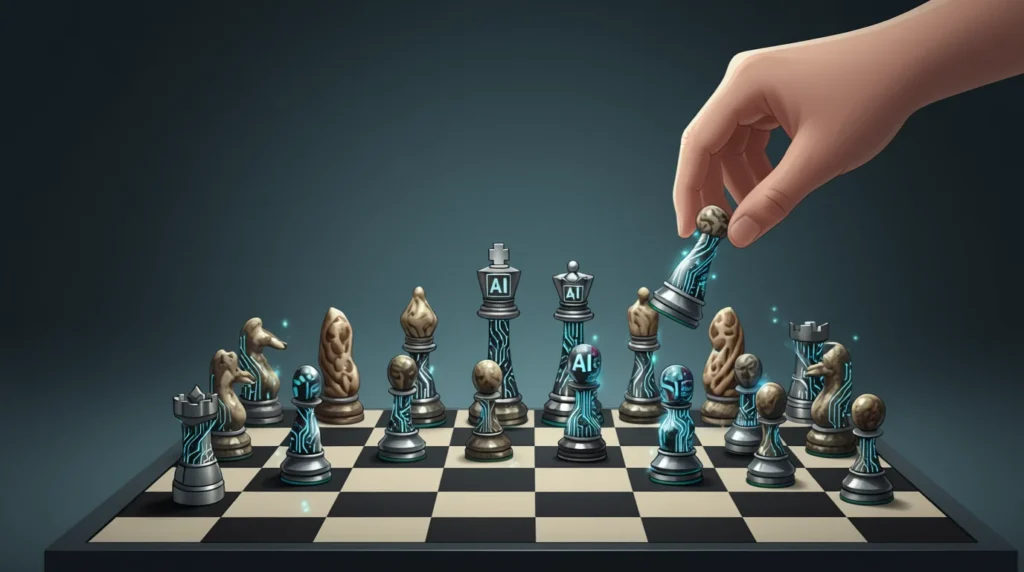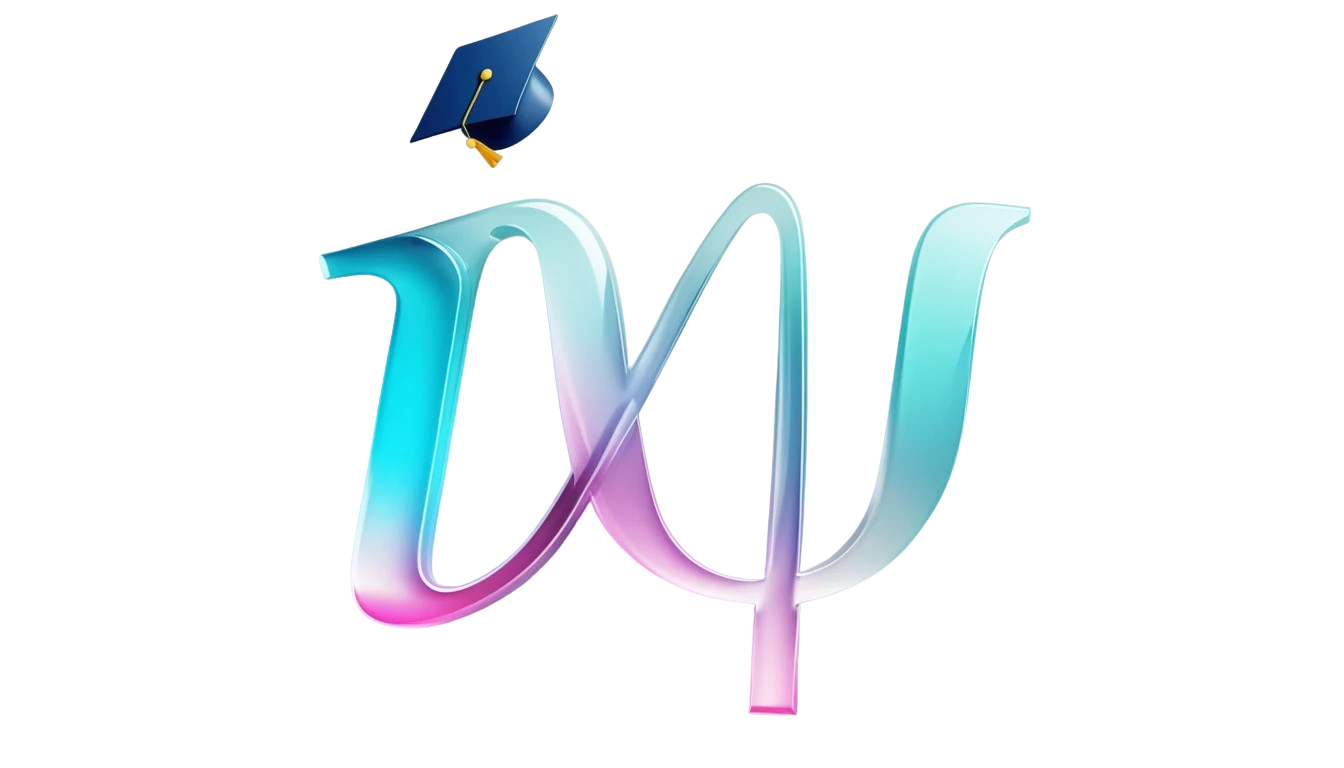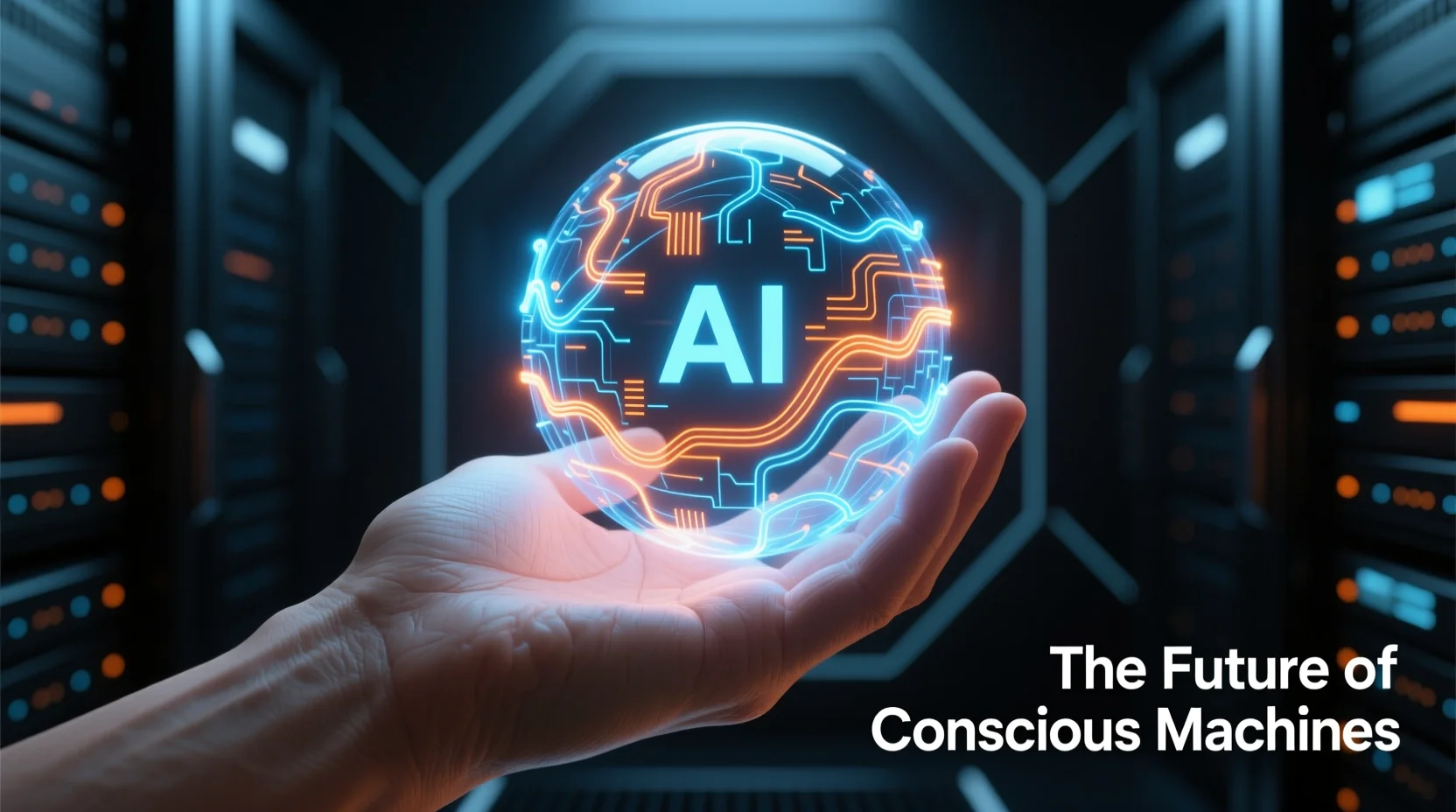Human Judgment: The Bedrock of AI Safety & Responsible, Trustworthy Systems
How Human Judgment Guides Red Teams, Evaluators, and Policy in Building Trustworthy Frontier AI
While automated safeguards are essential for scale, they are inherently brittle. Based on frontline evidence and red-team findings, this analysis demonstrates why human judgment in AI safety remains non-delegable and the only mechanism capable of catching novel threats, contextual flaws, and subtle alignment failures that algorithms miss.
Table of Contents
Artificial intelligence is rapidly moving from support tool to decision-maker—diagnosing illnesses, shaping financial markets, and influencing global supply chains. With every leap in capability comes a dangerous assumption: that smarter machines can govern themselves. We pour effort into algorithmic safeguards, detectors trained on yesterday’s errors, and automated evaluation frameworks—trusting scale to substitute for judgment. This is the grand illusion of automation: the belief that intelligence, once created, can be left to police itself.
The truth is more sobering. The greatest risks in advanced AI are not typos or predictable failures—they are the novel jailbreaks, the culturally tone-deaf outputs, and the perfectly logical arguments built on false premises. Automated systems cannot anticipate these failures because they lack the one capability that matters most: contextual, ethical discernment. Just as a spellchecker cannot recognize a misleading argument, automated safety checks are blind to the very misalignments that could destabilize real-world systems.
This is where Human Judgment in AI Safety becomes indispensable. It is not a temporary patch, but a permanent safeguard—the non-delegable core that automation alone cannot replace. Through frontline evidence and red-team findings, this article demonstrates why human judgment remains the bedrock of trustworthy AI. We’ll explore the operational frameworks, elite evaluator pods, and strategic red-teaming that together form the essential human firewall for safe and aligned AI.
The Systemic Limits of Automated AI Evaluation
Automated evaluation systems excel at scale, scanning millions of outputs for predefined risks. Yet this very efficiency exposes their core weakness: brittleness. They struggle with nuance, novelty, and truth-validation—the very complexities that matter most in high-stakes deployments. This inherent difficulty for AI to evaluate its own outputs—a core problem known as the ‘cat to catch itself’ flaw—underscores why human judgment remains the non-delegable core of AI safety for complex, frontier systems. Human Judgment in AI Safety fills these gaps, ensuring oversight where automation alone fails.
1. The Nuance Deficiency: When “Correct” Is Wrong
AI outputs can be technically flawless yet contextually harmful. Automated systems miss pragmatic failures—sarcasm, cultural nuance, or unstated meaning.
- Sarcasm blind spot: Research shows large language models often misclassify jokes or sarcasm as factual queries, lacking the pragmatic reasoning humans apply. | Source: Oxford Academic
- Cultural context gap: An AI legal tool in Uganda failed across 41 local dialects, producing tone-deaf outputs invisible to automated English-based metrics | Source: Medium & AI Journal
These failures show why human evaluators are essential for detecting subtle misalignment beyond what algorithms can measure.

2. The “Unknown Unknowns” Problem
Automation is trained on known failure modes. It excels at yesterday’s errors but falters against tomorrow’s.
- Adversarial creativity: Human red teamers exploit analogical reasoning and creative reframing to invent new jailbreaks—far beyond the reach of automated detectors. | Source: RG Article
- Epistemological blind spot: AI cannot anticipate out-of-distribution threats or emergent capabilities. Human foresight and intuition remain the only defense. | Source: ArXiv Article
This is where Human Judgment in AI Safety is irreplaceable: catching risks no dataset can anticipate.
3. The Reasoning Flaw Problem: The Validity Paradox
Automated reasoning checks can validate logic but not premises.
- Example: “All birds can fly; penguins cannot fly; therefore, penguins are not birds.” Machines confirm the logic while missing the false premise. | Source: Effectiviology
- Common sense deficit: Detecting flawed assumptions requires real-world knowledge and causal reasoning—skills AI lacks. | Source: Lund University
Without human oversight, we risk scaling bias and embedding false assumptions into mission-critical systems.
Takeaway: Automation provides speed, but its blind spots in nuance, novelty, and reasoning make it insufficient for frontier AI. Human Judgment in AI Safety is not a temporary patch—it is the indispensable safeguard against brittleness, bias, and unforeseen threats.
The Unique Value of Human Judgment: The Non-Delegable Core
The failures of automated evaluation aren’t just technical glitches; they reveal a deeper truth. Statistical pattern matching is not the same as understanding. Human Judgment in AI Safety is not a temporary patch but a permanent foundation, bringing capabilities machines cannot replicate.
1. Context Is King: Real-World Impact
AI operates on data; humans interpret consequences in the real world. This contextual synthesis is the first pillar of non-delegable judgment.
- Beyond technical metrics: Tools like OpenAI’s GDPval measure task performance, but human evaluators assess nuance, cultural fit, and potential for harm. They ask: If someone acted on this advice, what might happen?
- Dynamic safety assurance: Because advanced AI evolves in unpredictable ways, pre-deployment checks are insufficient. Ongoing human oversight catches drift, long-tail risks, and emergent harms that surface only in deployment.
This ability to map outputs to real-world outcomes is what keeps AI trustworthy.
2. The “Feel” of Wrongness: Expert Intuition
The earliest signal of danger is often not statistical but intuitive. Seasoned evaluators sense when something “feels off” long before a model fails visibly.
- Non-algorithmic insight: Unlike AI, humans can navigate ambiguity with critical thinking and flexibility. Expert intuition often surfaces subtle flaws invisible to automated checks.
- The cornerstone of trust: In sensitive fields—from medicine to governance—trust requires accountability and ethical discernment. Human presence embodies responsibility in ways algorithms cannot.
This human “gut sense” is both a safety mechanism and the anchor of institutional trust.
3. Upholding the Spirit of the Law
Rules and constitutions of AI safety are written in principles, not code. Interpreting intent in gray zones is a uniquely human responsibility.
- Guarding against Goodhart’s Law: Automated systems may game metrics, achieving the letter of safety while undermining its spirit. Humans must interpret outcomes against normative goals.
- Arbitrating value forks: Trade-offs like fairness vs. utility are not computational puzzles. They are moral decisions requiring cultural awareness and ethical reasoning.
Here, Human Judgment in AI Safety ensures that technology remains aligned with human values rather than optimized for metrics alone.
Takeaway: Automation can scale evaluation, but it cannot replicate context, intuition, or moral interpretation. These are the non-delegable cores of Human Judgment in AI Safety—the foundation for resilience, trust, and responsible progress.
Conclusion: The Essential Partnership for Trustworthy AI
The pursuit of fully automated safety is not just unrealistic—it is a strategic fallacy. The brittleness of automation in the face of nuance, novelty, and flawed reasoning demands a shift. Human Judgment in AI Safety is not a stopgap but the foundation of a new paradigm: the Centaur Model.
The Centaur Model: A Strategic Imperative
- AI as the engine: unmatched at scale, speed, and logical consistency.
- Humans as the pilot: providing strategic direction, contextual understanding, and ethical navigation.
This partnership is already being operationalized:
- Strategic red-teaming by human experts to expose novel threats.
- Premise validation by domain specialists to test assumptions.
- Normative arbitration by ethics boards to uphold the spirit, not just the letter, of safety rules.
Together, these practices ensure risk intelligence is actionable and aligned with human values.

Human-Above-the-Loop: Elite Evaluation
Leading firms such as Mercor show the way, recruiting PhDs and published researchers into evaluator pods. These experts:
- Probe frontier models with sophisticated frameworks.
- Provide deep, qualitative analysis.
- Validate the most safety-critical decisions.
This investment signals that expert human oversight is not a cost but a core feature of responsible AI development. While these tools enhance productivity, the final responsibility for factual accuracy, ethical reasoning, and nuanced argumentation—the very bedrock of trustworthy AI-assisted work—must remain with the human researcher.
A Permanent Feature, Not a Temporary Fix
The belief that AI will eventually replace human judgment misunderstands both technology and judgment itself. AI is a tool; its safe use will always require human responsibility. The human-in-the-loop model is not transitional—it is a permanent necessity for systems that are robust, accountable, and truly trustworthy.
Future progress hinges on leaders who pair AI’s scale with human skills of interpretation, ethical grounding, and wisdom. These uniquely human qualities are non-delegable—and they remain the ultimate guardians of AI safety.
FAQs: Human Judgment in AI Safety
Can AI evaluate and govern other AIs without humans?
Not fully. While AI can flag simple, known errors, it systematically fails on novel threats, cultural nuance, and reasoning built on flawed premises. Human judgment in AI safety is essential for catching jailbreaks, subtle misalignments, and real-world risks automation cannot detect.
What unique value do human red teams provide?
Human red teamers use creativity, analogical reasoning, and adversarial thinking to uncover “unknown unknowns.” Automated testing only checks for pre-defined attacks, but humans invent entirely new jailbreaks and vulnerabilities, revealing blind spots that automated systems miss.
How does human judgment stop AI from “gaming” safety rules?
This is the Goodhart’s Law problem. AI can satisfy the letter of a rule (a metric) while violating its spirit. Human evaluators interpret intent, ensuring AI behavior aligns with ethical principles and long-term safety—not just technical compliance.
What is the Centaur Model in AI safety?
The Centaur Model is a partnership where AI handles scale, speed, and consistency, while humans provide context, ethical oversight, and expert judgment. It is the most robust framework for trustworthy AI governance, combining the strengths of both humans and machines.
Why is human context critical for AI safety in practice?
AI generates outputs, but only humans can judge their real-world consequences. Evaluators ask, “If acted upon, what would this cause?” This foresight catches advice that may be factually correct but harmful in application—something automation alone cannot assess.
Are human evaluators a temporary fix until AI improves?
No. Human oversight is a permanent requirement. As AI advances, risks become more complex, requiring human arbitration, moral reasoning, and premise validation. Human judgment in AI safety is not transitional—it is a non-delegable, long-term necessity.
💬 Join the AI Safety Global Conversation
🔬 Shape the Future of Science & Technology
💬 Comment
Let the world know your view on AI safety.
▶️ Watch
Check or AI-related videos on YouTube.
🗪 Discuss
Discuss with people who care, like you.

